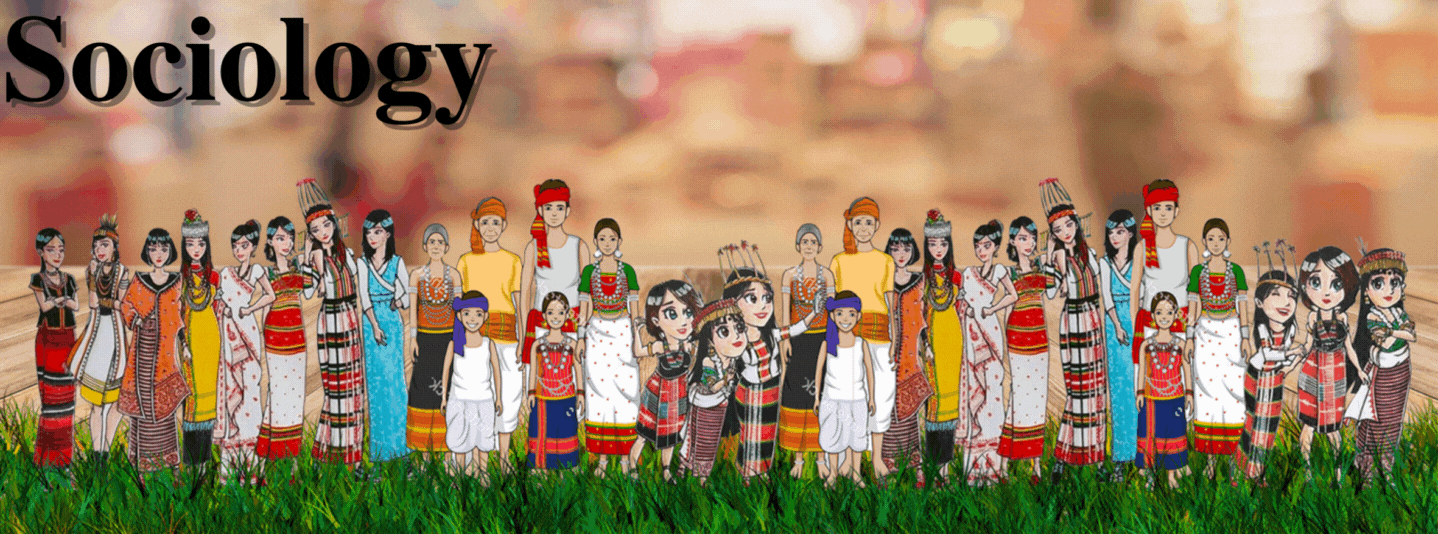Introduction
The concept of family has undergone significant transformation in recent decades, moving beyond the traditional nuclear model to embrace diverse structures shaped by social, economic, and cultural shifts. Urbanization, globalization, legal reforms, feminist movements, and advancements in reproductive technologies have collectively redefined kinship and domestic arrangements (Cherlin, 2004). Emergent family forms challenge conventional norms, reflecting broader societal changes such as individualism, gender equality, and the decoupling of marriage from parenthood. This evolution underscores the adaptability of familial bonds in meeting contemporary needs, necessitating a nuanced understanding of these dynamic structures.
1. Single-Parent Families
Single-parent families, headed by one adult due to divorce, separation, widowhood, or personal choice, have become increasingly prevalent. In the U.S., approximately 23% of children live with a single mother, while 4% live with a single father (Pew Research Center, 2019). Economic challenges, such as income instability and limited childcare access, often burden single parents, disproportionately affecting women (McLanahan & Percheski, 2008). Despite stereotypes, studies show children in single-parent households can thrive with adequate community and institutional support, such as subsidized childcare and flexible work policies. This family form highlights the resilience of non-traditional parenting and the need for structural interventions to mitigate systemic inequalities.
2. Same-Sex Families
Same-sex families, recognized legally in many countries following milestones like the 2015 U.S. Supreme Court ruling on marriage equality, challenge heteronormative definitions of kinship. Research indicates that children raised in same-sex households exhibit comparable emotional and social outcomes to those in heterosexual families (American Psychological Association, 2005). However, societal stigma and legal disparities persist, particularly in regions without anti-discrimination protections. Judith Stacey (1990) emphasizes that same-sex families often innovate caregiving roles, fostering egalitarian dynamics. Their growing visibility underscores the importance of inclusive policies and cultural acceptance.
3. Cohabitation and Non-Marital Partnerships
Cohabitation, where couples live together without formal marriage, has surged globally, driven by shifting attitudes toward marriage and economic pragmatism. In Europe, over 30% of couples cohabit, reflecting a preference for flexibility (Perelli-Harris et al., 2010). Anthony Giddens (1992) attributes this trend to "confluent love," where relationships are sustained by emotional fulfillment rather than obligation. Cohabitation often serves as a precursor or alternative to marriage, though legal ambiguities regarding property and parental rights remain. This form exemplifies the decline of marriage as a compulsory institution and the rise of individualized partnership models.
4. Blended or Reconstituted Families
Blended families, formed through remarriage or cohabitation where one or both partners have children from prior relationships, account for 16% of U.S. households (Pew Research Center, 2020). These families face challenges like role ambiguity and loyalty conflicts among stepchildren. Clinical psychologist Patricia Papernow (2018) identifies "insider-outsider" dynamics, where biological parents and stepparents navigate complex emotional landscapes. Successful integration requires open communication and gradual bonding. Blended families illustrate the fluidity of kinship, adapting to modern realities of divorce and remarriage.
5. Chosen Families
Chosen families, prevalent in LGBTQ+ communities, consist of non-biological bonds formed through mutual care and commitment. Kath Weston (1991) coined the term "families we choose" to describe how marginalized groups create kinship networks in response to exclusion. These arrangements prioritize emotional support over biological ties, redefining kinship as a voluntary, affective practice. Chosen families challenge legal frameworks that privilege biological relations, advocating for recognition of diverse caregiving structures.
6. Extended Families
Extended families, characterized by multiple generations or kin living together under one household or closely connected family arrangement, remain a cornerstone of Indian society. Traditionally structured as joint families (where parents, children, grandparents, uncles, aunts, and cousins cohabit), this system has historically served as a social, economic, and cultural safety net. However, urbanization, migration, and globalization have reshaped these arrangements, blending traditional norms with modern adaptations. In India, extended families continue to play an important roles in caregiving, cultural preservation, and economic resilience, even as they navigate contemporary challenges such as generational conflicts and shifting gender roles.
Conclusion
Emergent family forms reflect the dynamic interplay between societal evolution and individual agency. From single-parent households to chosen families, these structures highlight the adaptability of kinship in addressing contemporary challenges. While they offer flexibility and inclusivity, systemic barriers like legal inequities and stigma persist. Policymakers and institutions must adapt to this diversity, ensuring protections for all family types. As societies continue to evolve, recognizing these forms enriches our understanding of human relationships, emphasizing resilience and innovation in the face of change.
References
American Psychological Association. (2005). Lesbian and gay parenting. https://www.apa.org/pi/lgbt/resources/parenting
Cherlin, A. J. (2004). The deinstitutionalization of American marriage. Journal of Marriage and Family, 66(4), 848–861. https://doi.org/10.1111/j.0022-2445.2004.00058.x
Giddens, A. (1992). The transformation of intimacy: Sexuality, love, and eroticism in modern societies. Stanford University Press.
McLanahan, S., & Percheski, C. (2008). Family structure and the reproduction of inequalities. Annual Review of Sociology, 34, 257–276. https://doi.org/10.1146/annurev.soc.34.040507.134549
Papernow, P. L. (2018). Surviving and thriving in stepfamily relationships: What works and what doesn’t. Routledge.
Pew Research Center. (2019). Family size among mothers. https://www.pewresearch.org
Perelli-Harris, B., et al. (2010). The educational gradient of childbearing within cohabitation in Europe. Population and Development Review, 36(4), 775–801. https://doi.org/10.1111/j.1728-4457.2010.00357.x
Stacey, J. (1990). Brave new families: Stories of domestic upheaval in late twentieth century America. Basic Books.
Weston, K. (1991). Families we choose: Lesbians, gays, and kinship. Columbia University Press.


Post a Comment